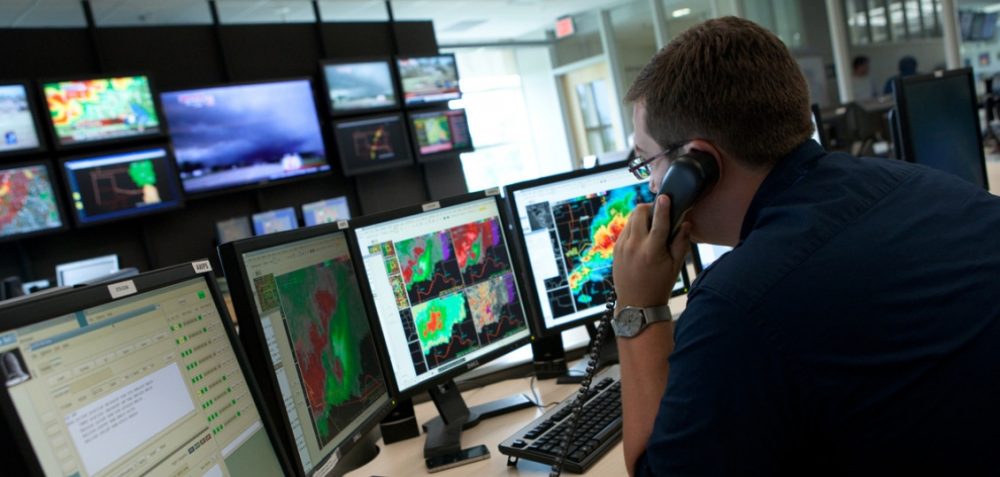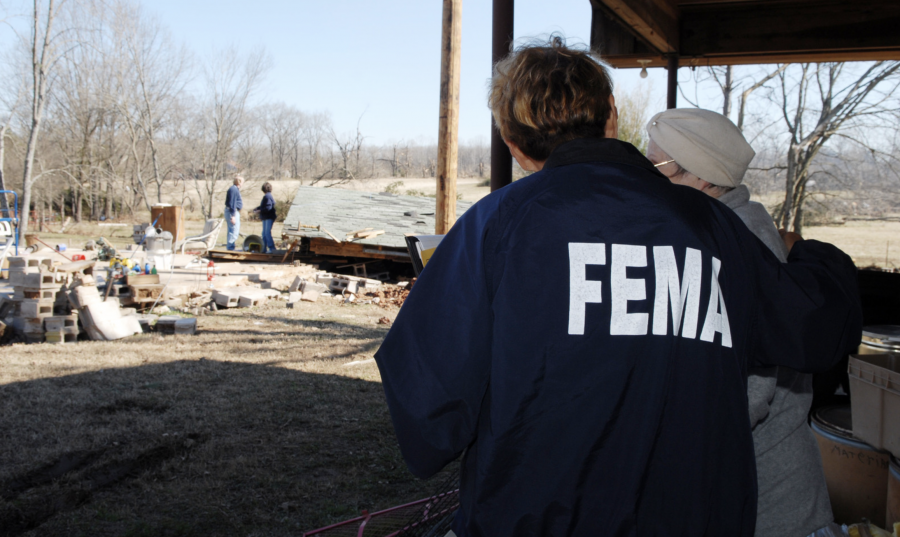FEMA and Innovation: Can it Happen?
FEMA had a pretty good year.
But it still has lots of challenges and like all huge bureaucracies, it attracts many complaints along with compliments. Earlier this year, I met with a group of FEMA leaders in New York for a day of brainstorming about what FEMA could do to improve its services.
Any changes in big bureaucracies require protection and encouragement from the top and I was impressed that Rich Serino, FEMA’s Deputy Administrator, was an active and enthusiastic participant. Last week I attended FEMA’s latest Think Tank meeting at the White House along with Regine Webster, CDP’s Vice President. I am pleased to see FEMA continuing to pursue its innovation agenda, although I’m still holding judgment on what will result from all this discussion.
The Think Tank is designed to help FEMA explore how it can improve its services through innovations in process and technology. To its credit, FEMA recognizes that the “best solutions are generated by the people and the communities who are closest to challenges.” You can learn more about the Think Tank here.
So to connect with people around the country on the subject of innovation, FEMA has organized two major Think Tank activities:
- An online forum where any one can submit ideas and comments on creative solution; and
- A monthly conference call with Deputy Administrator Rich Serino to discuss “real-life solutions and ideas that are generated by the online forum.”
FEMA also tackles head-on the skepticism I’ve heard about whether it has the has the bureaucratic flexibility to be truly creative. “Innovation is often thought of as something for the tech or design world, not for government or bureaucracy,” says their web site. “Soon after Sandy made landfall, FEMA deployed an Innovation Team–a multi-sector, cross functional group with the mission of working with the whole community…”
There were about 75 people at the meeting last week and another 800 or so on the phone, many of whom called in with questions and comments. FEMA is also trying to activate a social media network and generated tens of thousands of tweets from the meeting. At the meeting, we heard testimonies from many people about how they were testing new technologies, establishing new processes, monitoring social media, and using crowd-sourcing to promote innovation, to name a few examples.
The Think Tank organizers promise to post more information about last week’s meeting on its web site soon, so stay tuned.
I’m a firm believer that sometimes revolutions come about from an accumulation of evolutions over time. Perhaps that is what it will take at FEMA, with a combination of new technologies, new processes and a willingness to do things in new ways. I’m pleased to see that FEMA recognizes that there are opportunities to improve its services and is open to both listening and exploring. This is an effort that could ultimately touch millions of lives, so lets all wish them well.
If it develops into something meaningful, it might be an area where disaster philanthropists might want get involved as a partner and begin to apply some of their valuable “risk capital.”
More like this

What the Government Shutdown Really Means to Disasters

